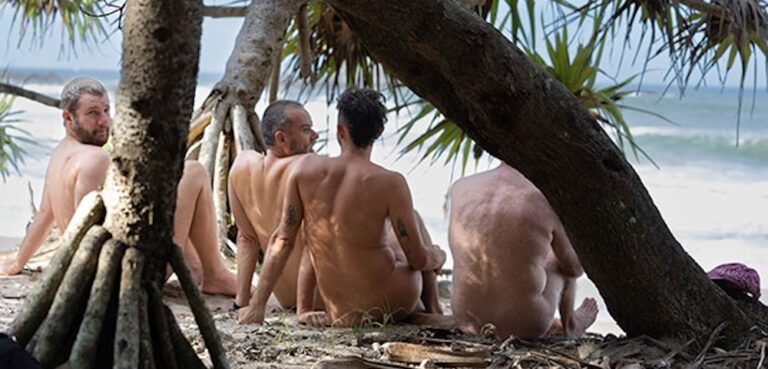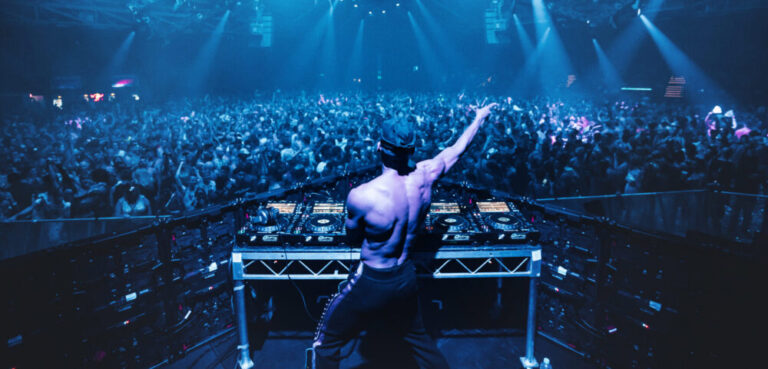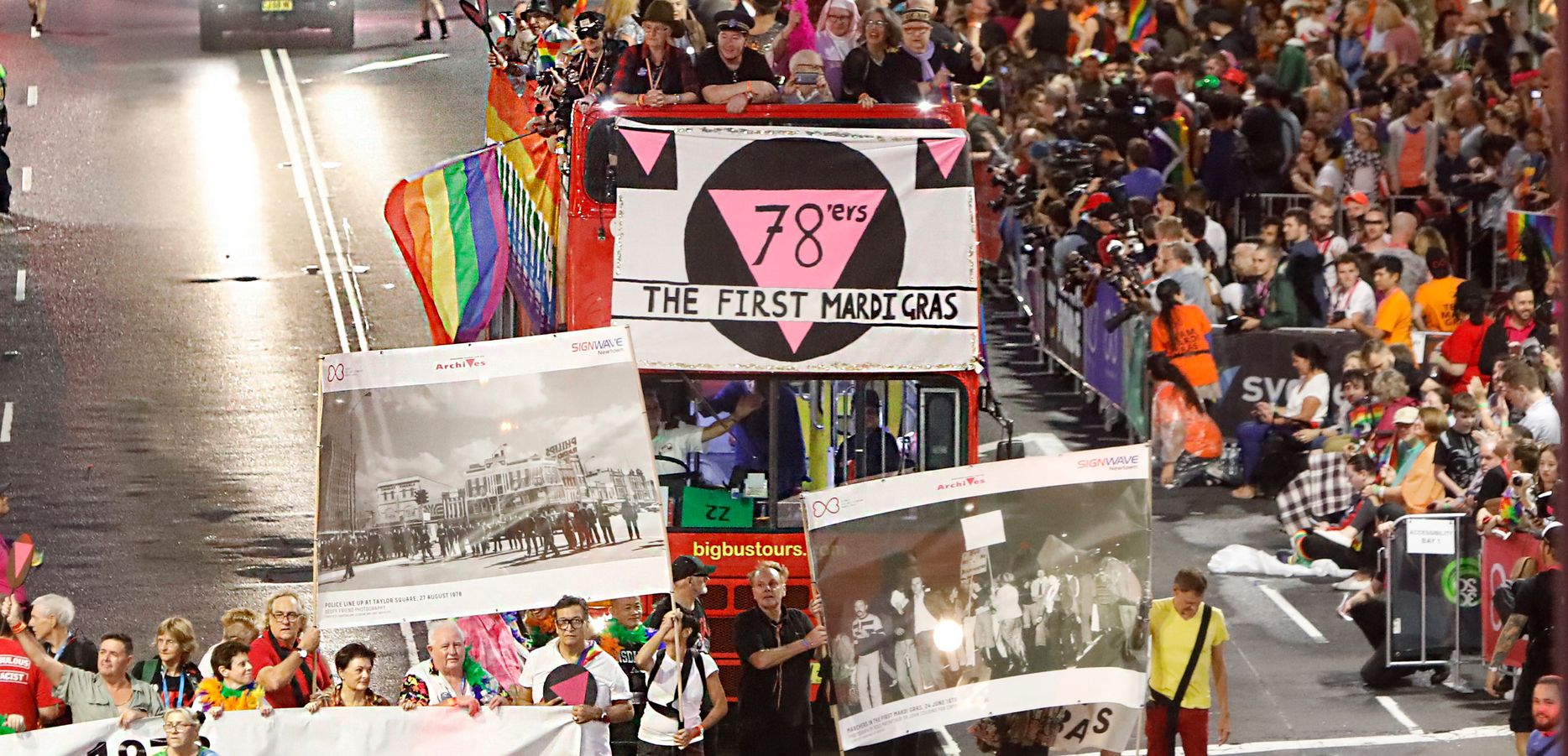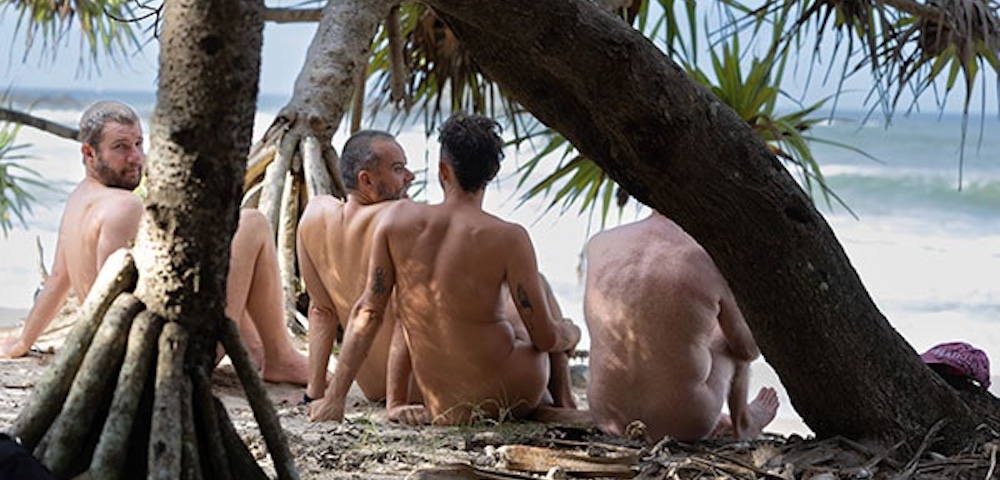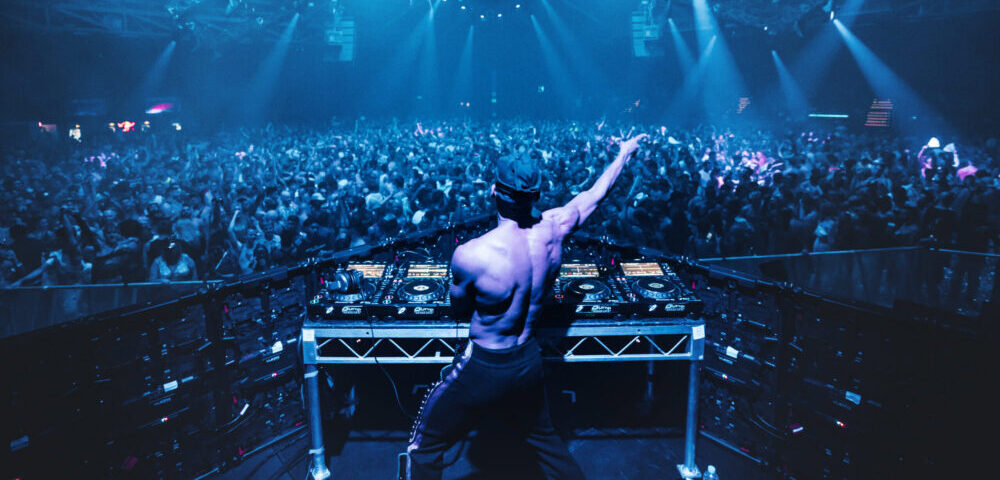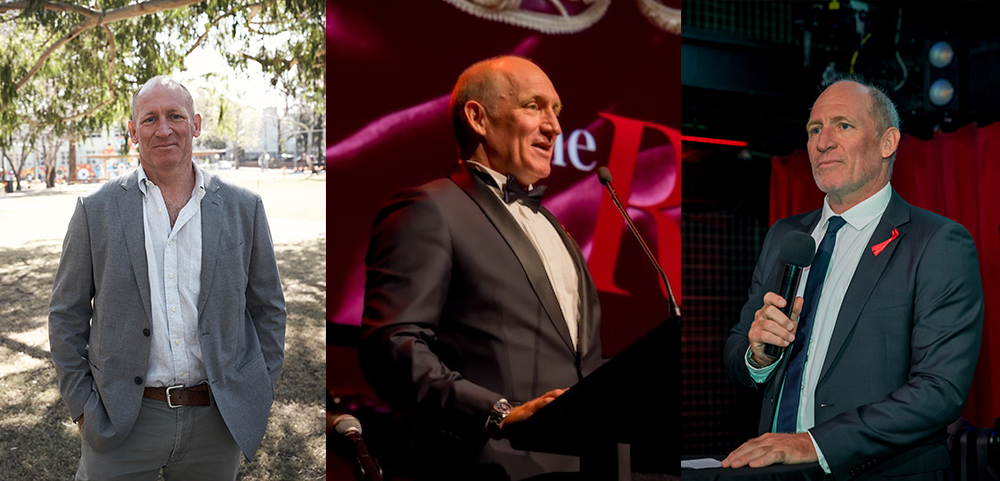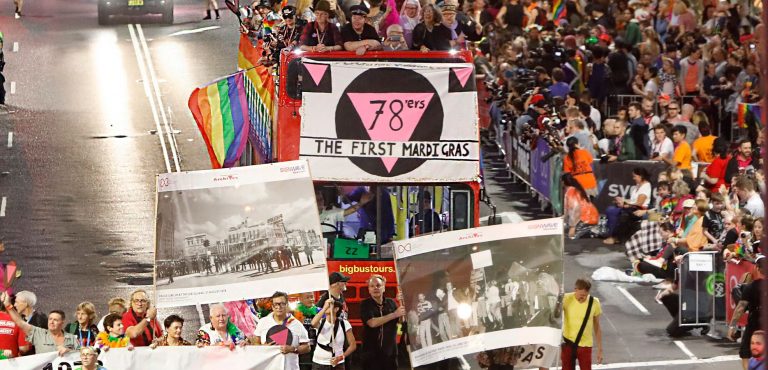
Shades of homophobia
I’m not one to play the homophobia card often, nor am I a great advocate of positive images politics. All in all I think we are now strong enough and brave enough to deal publicly with a wide variety of representations of gay and lesbian sexuality. Often, when handled with engagement and complexity, the dark ambiguity of some gay lives makes for challenging art.
However, I find Graeme Murphy’s depiction of gay sexuality and HIV in his new work Shades of Gray trite and offensive.
In tackling Oscar Wilde’s The Picture Of Dorian Gray, and transposing it to the New York dance world, Murphy is immediately in fraught territory. Wilde’s story is an allegory that can be read a number of ways but it most often leads to a culturally easy pairing of sexuality and depravity. And this is exactly where it has taken Murphy.
In his program note Murphy refers to Dorian Gray’s depraved and dangerous behaviour, then goes on to write of his production:
I have relocated Oscar Wilde’s notorious Dorian Gray to the wildfire of the 1960s, 70s, 80s -“ only the advent of the 90s reveals his truth -“ a tragic reality the Western world has chosen largely to ignore.
Through Murphy’s other somewhat oblique references to a mysterious disease and the African plight, we gather that AIDS is our contemporary Dorian’s truth, revealed when his health and beauty-preserving images are destroyed.
If AIDS is his truth or karma, where does his depravity lie?
Certainly narcissism is key but apart from some lack of loyalty to colleagues and friends, this narcissistic depravity is primarily staged as a trajectory of mounting sexual adventure. He moves from a bisexual flirtation to group sex in the containers of New York’s meat-packing district to fisting (hanky-flagged only), then a B&D sex murder.
In the penultimate sex scene Dorian enters flagged by his hanky code as a fisting bottom, and flirts submissively with a leather daddy type, but in the blink of an eye, Dorian is B&D master, and our daddy is submissively masked and hung up to die. As in traditional ballet, so too in the tribal world of leather sex: top and bottom roles don’t usually switch quite so readily.
This may seem a rather arcane critique but I think it shows how dismissively and carelessly Murphy uses gay sexuality in this production. Although he has placed gay sex centre stage, he has failed to engage with the reality of gay men’s sexual lives and the intricacies and ritual truths of our subcultures. While the meat-packing district beats and sex clubs were certainly scenes of excess, their reality cannot be reduced to this. It is surprising and extremely disappointing that a choreographer like Murphy, who has previously shown courage and innovation in his portrayal of gay sexuality on stage, would reduce this complex reality to a cipher of depravity.
Dorian ends up in a hospital bed withered and visited by a Princess Di figure. The only conclusion from the play of the narrative is that he finally got what he deserved. This is his truth.
But as Murphy and his dancers should well know this is not the truth of HIV. AIDS is not karmic retribution brought on by sexual depravity, it is a disease caused by a virus.
As a big fan of Murphy I hope this is a one-off aberration and look forward to his next work.
